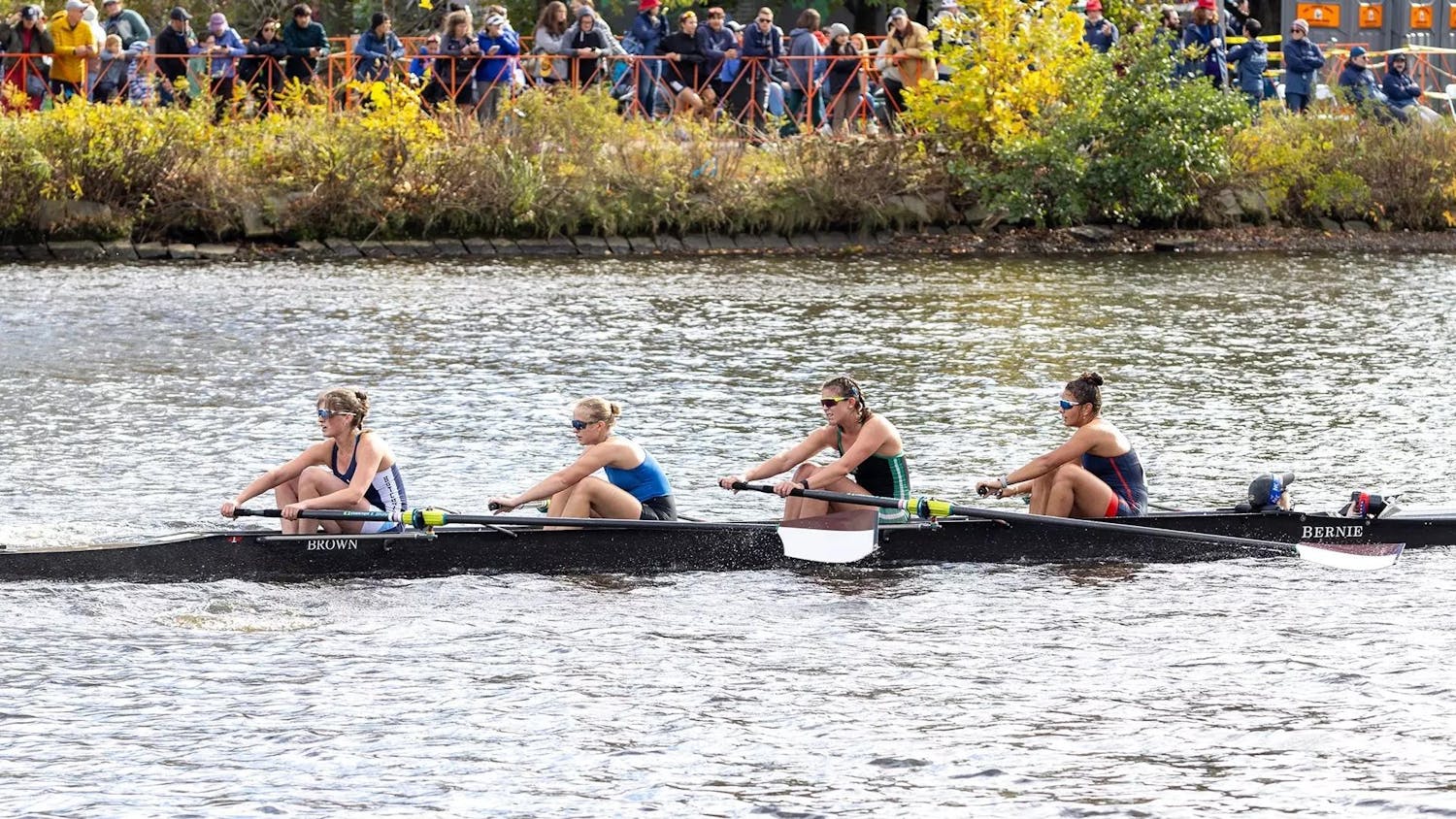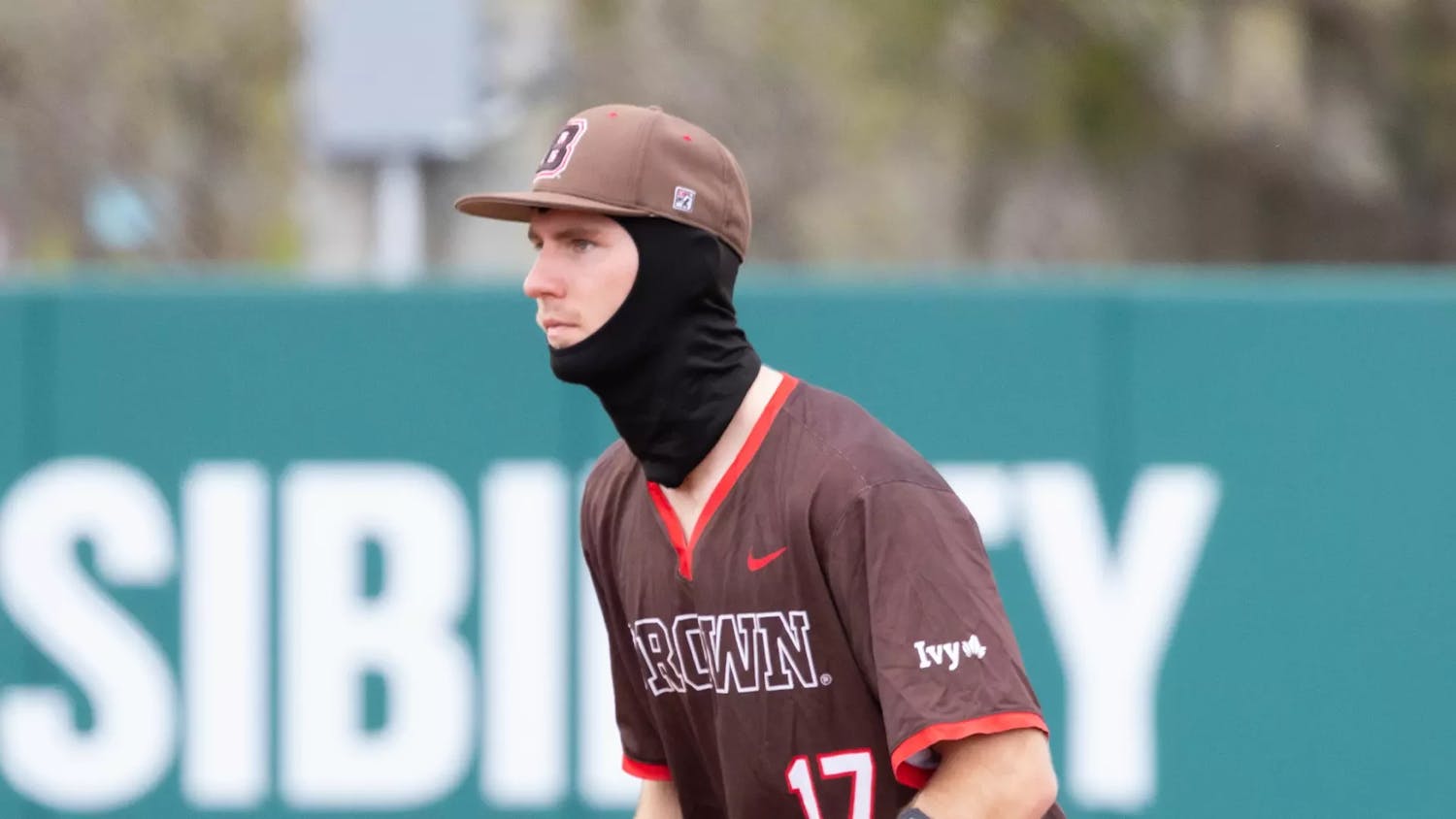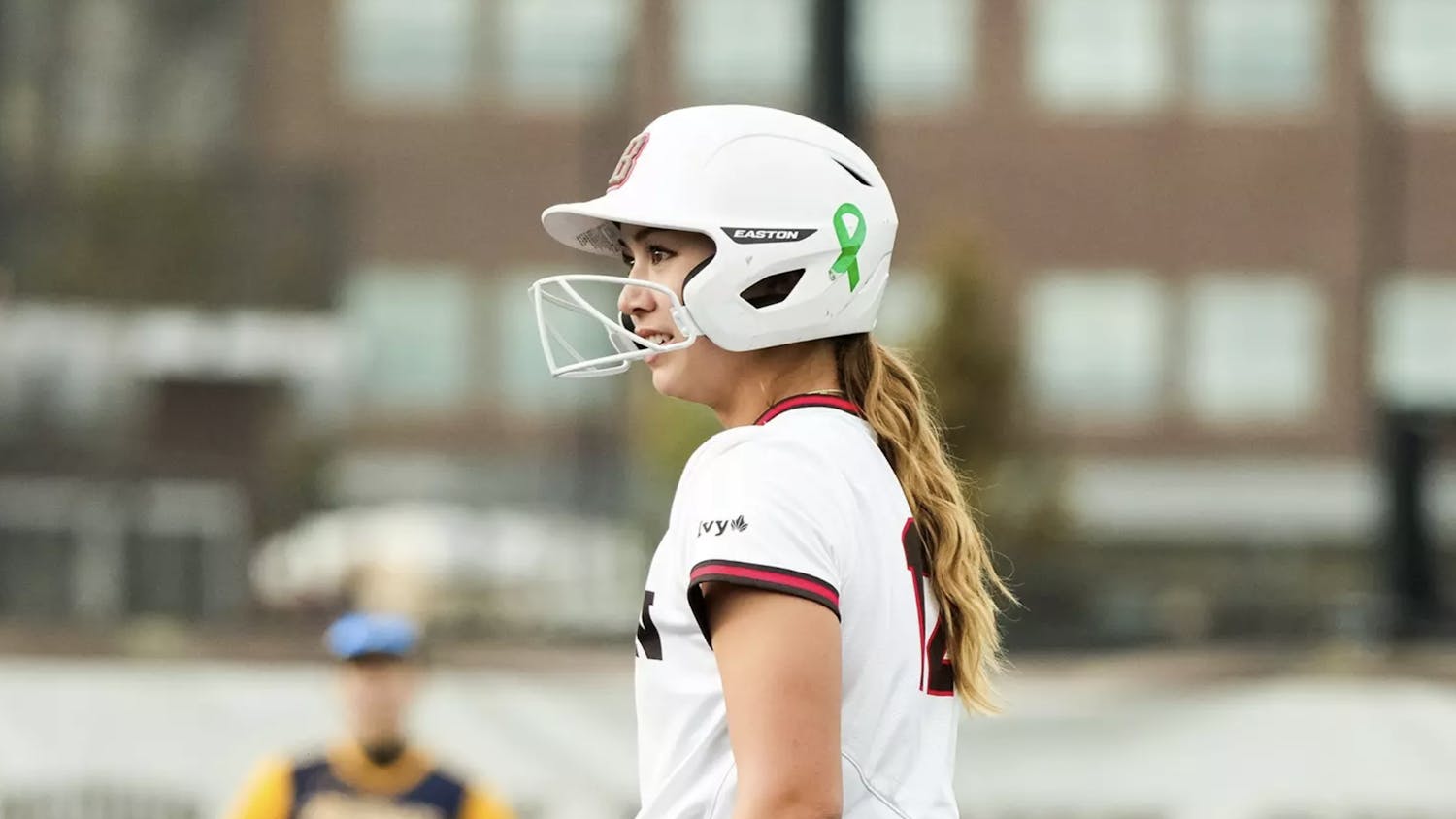Six years ago, Caitlin Taylor '13 was in a wheelchair and did not know if she would ever be able to walk again. At the time, her dream was simply relearning how to walk. Now, she has a new dream — to compete in the 2012 Summer Olympics in London.
Although Taylor was born in Sacramento, Calif., she has dual citizenship from both the United States and Australia. She wants to represent Australia at the Olympics by fencing either in the women's individual saber event or the women's team saber event. But the Australian women's saber team currently is not ranked in the top 16 in the world and thus does not qualify for the Olympics.
As a newborn, Taylor contracted juvenile rheumatoid arthritis from the rubella vaccine in 1991. Doctors told her parents to get her involved in sports as early as possible, so they enrolled her in dancing classes at an early age. Taylor danced for 10 years before losing interest.
After quitting dancing, she searched for a new sport and chose fencing over archery. She made her decision in an unusual fashion.
"Pirates of the Caribbean came out when I was 12, so I decided to try fencing," she said. "It was either fencing or archery. There was archery in Lord of the Rings."
Starting at age 13, Taylor practiced at a fencing club for 30 hours a week. But after six months, her body forced her to stop.
"My legs shut down, from a combination of the arthritis and the new strain from fencing," Taylor said. "The doctors still don't know exactly why."
No longer able to walk, Taylor was confined to a wheelchair when she was in seventh and eighth grade. Her leg muscles also started to atrophy, and her doctors considered amputation, worried that the muscle loss would spread.
"I was in a wheelchair for eight months with little to no hope of ever walking again," she said. "But I was very stubborn and didn't like being told ‘no,' so I taught myself how to walk."
Within two years, she had regained 60 percent of the muscle she had lost to atrophy. To regain the rest, she joined the cheerleading squad in high school because, as she explained, cheer involves significant lower body training.
After the cheer season ended in her sophomore year of high school, Taylor took up fencing again, this time under the watchful eye of a physical therapist and a training staff consisting of coaches, physicians and surgeons. To this day, she still wears knee braces when she fences.
Now, Taylor's training regimen entails a lot more than walking. Five days a week, she wakes up at 6:15 a.m. for cardiovascular and abdominal workouts. She participates in team fencing practices four days a week and also trains at a fencing facility in Boston on Wednesdays.
In addition, Taylor gets individual lessons from Head Coach Atilio Tass, a two-time Olympian who competed for Argentina in the 1980 and 1984 Summer Games.
Tass estimated that the average Brown fencer who gets coached individually receives about 30 minutes of individual attention weekly. He said that Taylor, on the other hand, has been getting two to three hours of lessons per week since her freshman year.
He described the dedication that Taylor will need to show to make it to London.
"She arrived with certain experience, but now she has to work harder to level up her confidence and keep up with the rhythm and the amount of competition that qualifying for the Olympics takes," he said. "There will be a lot of traveling involved and lots of time away."
He said Taylor is not the first Brown fencer to aspire to compete at the Olympic level. But when asked if any of the hopefuls had successfully made it to the Olympics, Tass laughed and said, "Me."
In her quest to reach the Olympics, Taylor must first boost her world ranking. She is ranked in the top 16 in the United States, but she does not yet have a world ranking. She can boost her ranking by competing in various tournaments beginning in February 2011. These cups take place mostly in Europe and will determine her seeding at the June 2012 Asian-Oceanic region's zonal qualifier.
That event "will determine whether or not I qualify for the Olympics," Taylor said.
But the competition will be fierce. Taylor said only about 50 fencers compete in the individual Olympic event.
Despite the individual dedication required to train for the Olympics, Taylor is by no means neglecting the team at Brown.
Alex DePaoli '11, one of the three captains of the fencing squad, said that Taylor has helped the new team members improve.
"I've been really impressed by how much of a team player she is," said DePaoli, a Herald photographer. "I would have expected her to put more effort into her own training, and she's really investing a lot into these new girls."
DePaoli further emphasized Taylor's leadership role on the team.
"She does take it upon herself to be the leader of women's saber," he said. "She is definitely what you might call the squad captain of women's saber, although that's an unofficial title."
Taylor is also using her time at Brown to prepare for life after fencing. An anthropology and community health double concentrator, she is looking ahead to a career in medicine. She plans to be a part of Doctors Without Borders in the future.
"It's like a triple concentration," Taylor said of her intense workload, which includes pre-medical education.
When she graduates, Taylor plans to train full time and then try to make the U.S. team for the 2016 Olympics — because she is a dual citizen, she can compete for the U.S. if Australia releases her. If she does well at the 2016 Olympics, she is already considering competing again in 2020. Otherwise, she said she plans to go to medical school.




